Dr. P. Natarajan (1895-1973)
MA, LT, M.R.S.T (London), D. Litt. (Sorbonne, Paris)

Dr. P. Natarajan (1895-1973)
MA, LT, M.R.S.T (London), D. Litt. (Sorbonne, Paris)


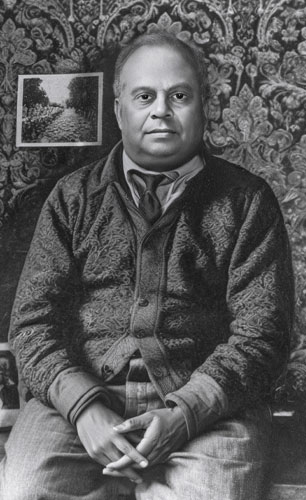

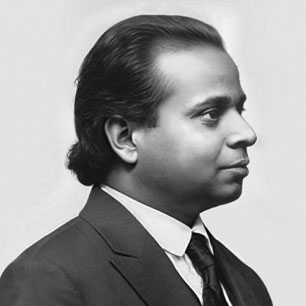


My birth was an accident to the world around
That happened with its echo within, in reciprocity,
When an electromagnetic wave-complementarity
Cancelled out in brilliant supersonic sound,
Condensing within a split-second span, Time-Space unbound,
Conforming to a colour-solid schema of power and beauty
Adequate to universal reason's instrumentality.
Verifying laws and equations on reversible ground:
Death must needs belong to a similar event,
Viewed as a retroactivity, catching up ever the same
Equal state - negentropy gathering what entropy spent,
While the twin-bang of implosion-explosion kept up the game;
No double loss here; only vertical gaining Absolute Value counts; all else is horizontal feigning.

(Fernhill, Nilgiris, India, March 4th, 1968)
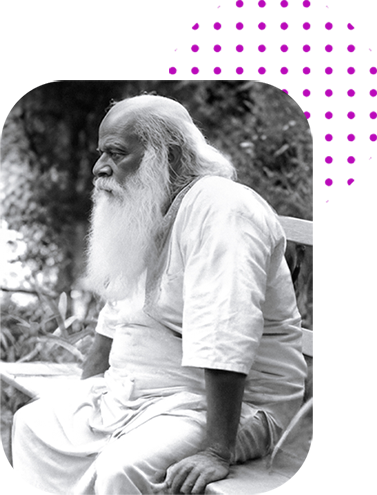
The growth from one's relativistic moorings to reach out to full absolutist freedom is a similar process of weaning from old patterns and value worlds to the larger and inclusive, open, generous, bold and free dynamism of the Absolute.

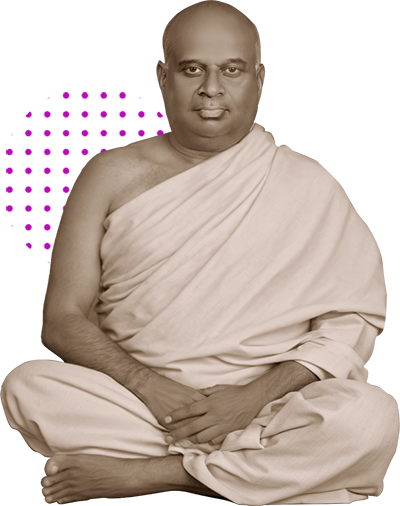
“Absolutism is ever triumphing within us according to its own inexorable law.”
“...In other words, no absolutism in the narrow Hitlerian sense is meant to be understood here in these pages. I practised absolutism in my own way...”
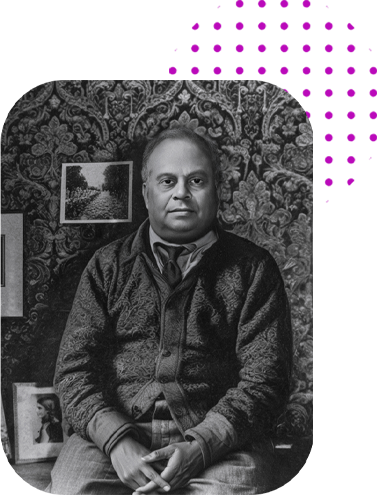
"The highest Function of the Human Mind"
Nataraja Guru’s Structuralism delves into the deepest layers of consciousness, offering a primitive language that lies at the core of human awareness. Guru employs proto-language, meta-language, and quaternion structures to bridge the diverse dimensions of reality and human experience. This holistic approach, which Guru terms An integrated Science of the Absolute, extends beyond the boundaries of modern structuralism, which typically concentrates on linguistics, anthropology, and social systems. Instead, it embraces the full spectrum of human understanding, from contemporary science to the realms of spirituality.



“Life has many beginnings of higher ambitions and resolves in never-ending series. I might have been a Failure so far, with a capital letter, but such an absolute failure as a careerist had the potency of success with compound interest as, hoping against hope, I have always believed. The last shall be the first.”
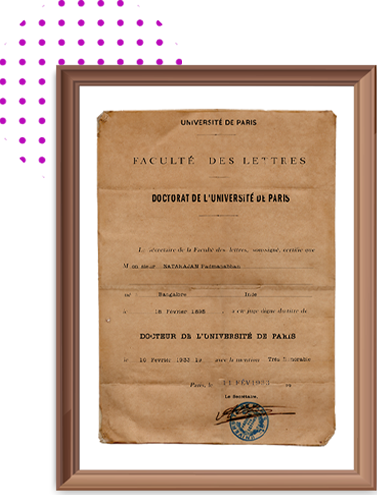
“Les résultats d’une bonne éducation ne peuvent se démontrer dans un laboratoire.”
“The results of a good education cannot be demonstrated in a laboratory.”
Nataraja Guru’s educational journey spanned various countries and disciplines. His initial studies took place in Thiruvananthapuram, Bangalore, and Kandy, Sri Lanka. He later earned an MA in Zoology and Geology, along with a Licentiate in Teaching, from Madras University.
Even though he had been guided by Narayana Guru since childhood, in August 1922, Nataraja Guru formally became a disciple of Narayana Guru at the Advaita Ashram in Aluva. Recognizing his potential, Narayana Guru supported his further education abroad in 1928.
Nataraja Guru attended Sorbonne University in Paris, earning a Doctor of Literature (D.Litt.) with triple honors. He also achieved the M.R.S.T. qualification from London. He returned to India in May 1933, committed to advancing education.

“This enigmatic man was none other than Narayana Guru...”
“… In the following pages I hope, however indirectly or partially it may be, to try and answer this question. I have also to say here that I have been guided throughout by this same man who first awoke my curiosity in this direction. This enigmatic man was none other than Narayana Guru, and it is to him again that I dedicate this attempted answer to his question.”
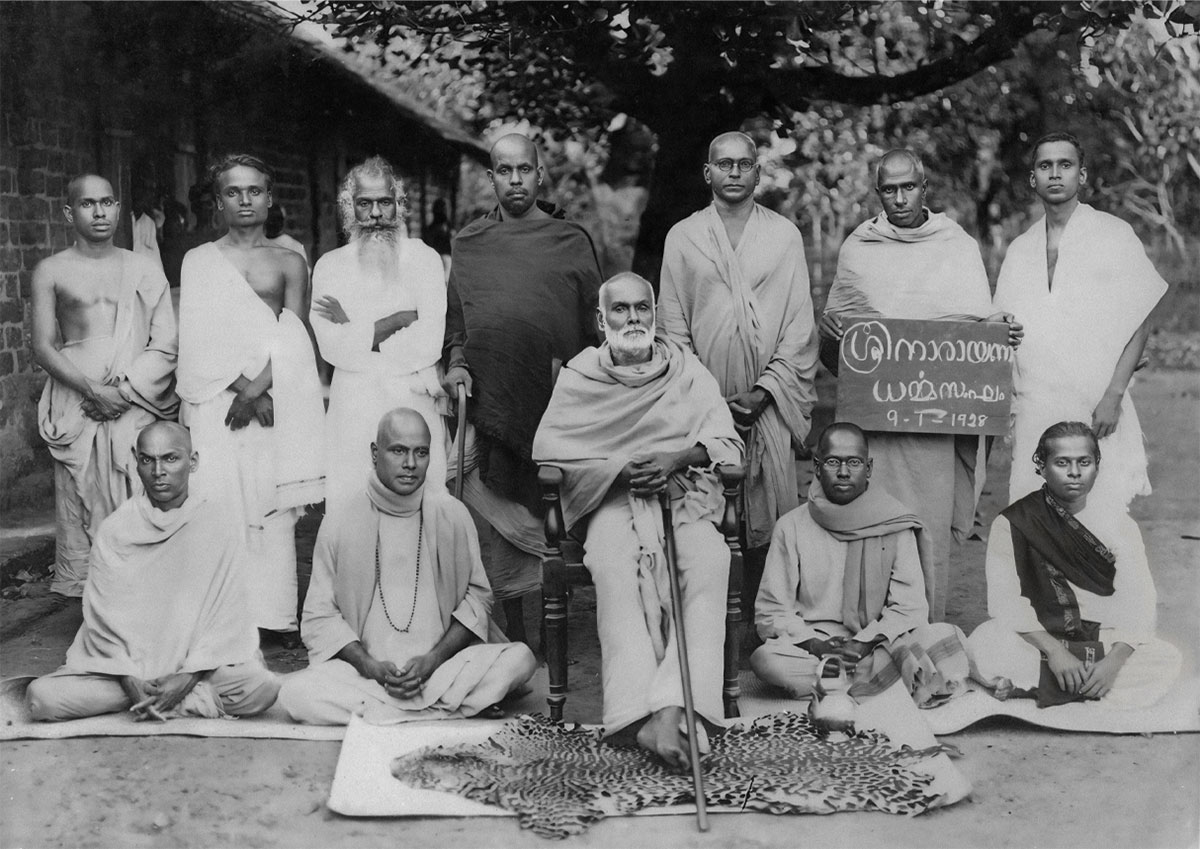
Nataraja Guru (front row, right, last) captured in 1928, during the registration of the Sree Narayana Dharma Sangham Trust—to which Narayana Guru bequeathed all his properties in his will. This was also the year Narayana Guru attained Samadhi, and Nataraja Guru was just 33.
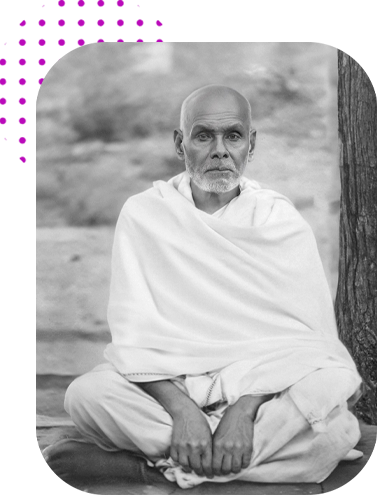
What is the object of consciousness, that is conditioned,
What is unconditioned, that is not the object of consciousness.
What is conditioned is non-existent,
But what is unconditioned, itself THE EXISTENT IS THAT.

“I have been touring different parts of the world. During these travels, I have had the fortune to come into contact with several saints and maharshis. But I have frankly to admit that I have never seen one who is spiritually greater than Swami Narayana Guru of Malayalam—nay, a person who is on par with him in spiritual attainment. I am sure, I shall never forget that radiant face illuminated by the self-effulgent light of divine glory and those majestic eyes fixing their gaze on a far remote point in the distant horizon.”
Nobel laureate Rabindranath Tagore wrote these lines in the visitors’ book after meeting Narayana Guru at Sivagiri Mutt near Thiruvananthapuram on November 15, 1922.

“I feel it as the greatest privilege in my life to have visited the beautiful state of Travancore and to have a darshan of Venerable sage Sree Narayana Guru. I had the fortune to stay one day in his holy Ashram. Her Excellency the Regent Empress also spoke to me about the greatness of Guruswamy. I fervently hope that you (the people) would enforce his lofty ideals.”
Mahatma Gandhi said this about Narayana Guru while addressing a huge gathering in Thiruvananthapuram, just two days after meeting the Guru at Sivagiri Mutt, Varkala, on 12th March 1925.

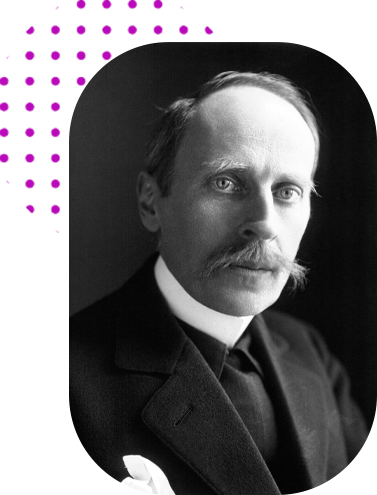
“Glasenapp does not say anything regarding the new religious manifestations in South India, which are not negligible: such for example is the great Guru Sri Narayana, whose beneficent spiritual activity has been exercising its influence during the past forty years in the State of Travancore on nearly two millions of his followers (he passed away in 1928). His teaching, permeated with the philosophy of Sankara, shows evidence of a striking difference of temperament compared with the mysticism of Bengal, of which the effusions of love (bhakti) inspired in him a certain mistrust. He was, one might say, a Jnanin of action, a grand religious intellectual, who had a keen living sense of the people and of social necessities. He has contributed greatly to the elevation of the oppressed classes in South India, and his work has been associated at certain times with that of Gandhi.”
Translated from the French from: ‘La Vie de Ramakrishna’ par Romain Rolland, p.160. (Librairie Stock, Paris, 1980). Romain Rolland, the Nobel Laureate in Literature (1915), upon reading the articles written by Nataraja Guru in ‘The Sufi Quarterly,’ Geneva, December 1928 and in the following months, summed up his thoughts on Narayana Guru in his much-celebrated book on Ramakrishna Paramahamsa.
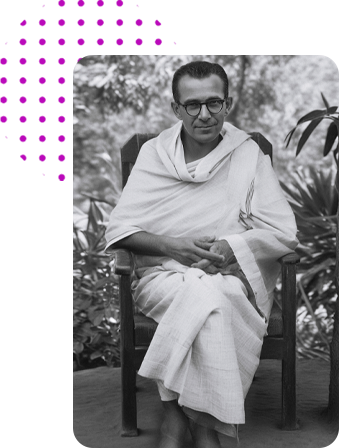
1907-1979
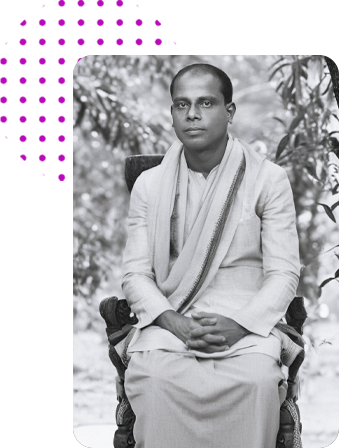
1911-1967
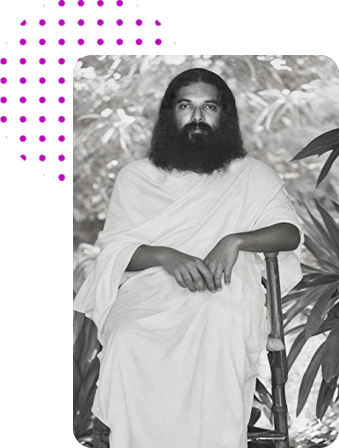
1924-1999

1921-2013

1938- present

Explore our archives for a wealth of rare resources, including the complete collection of Values magazine, published by John Spiers under Nataraja Guru’s guidance since 1955; audio recordings from the late 1960s focusing on Soundarya Lahari; rare photographs of Nataraja Guru and others; and documents from that time.


We embrace blending our identity with Nataraja Guru’s teachings, weaving a site for seekers eager to uncover life’s meaning. Through a harmonious fusion of scientific thinking and metaphysical exploration, we strive to offer a unified and enriching experience.
Reach out to us and we’ll get back to you promptly
Copyright ©2025 Nataraja Guru. All Rights Reserved.